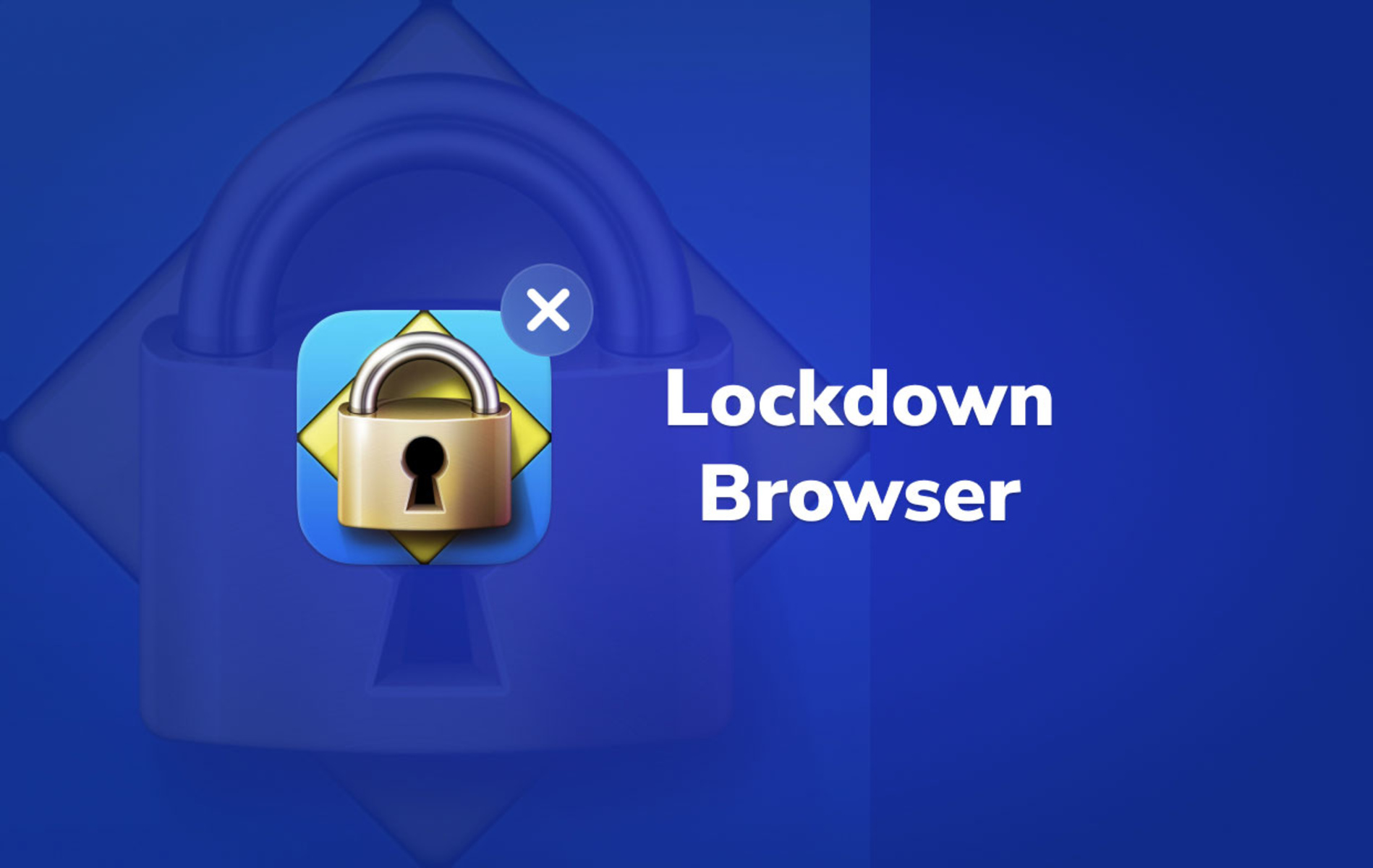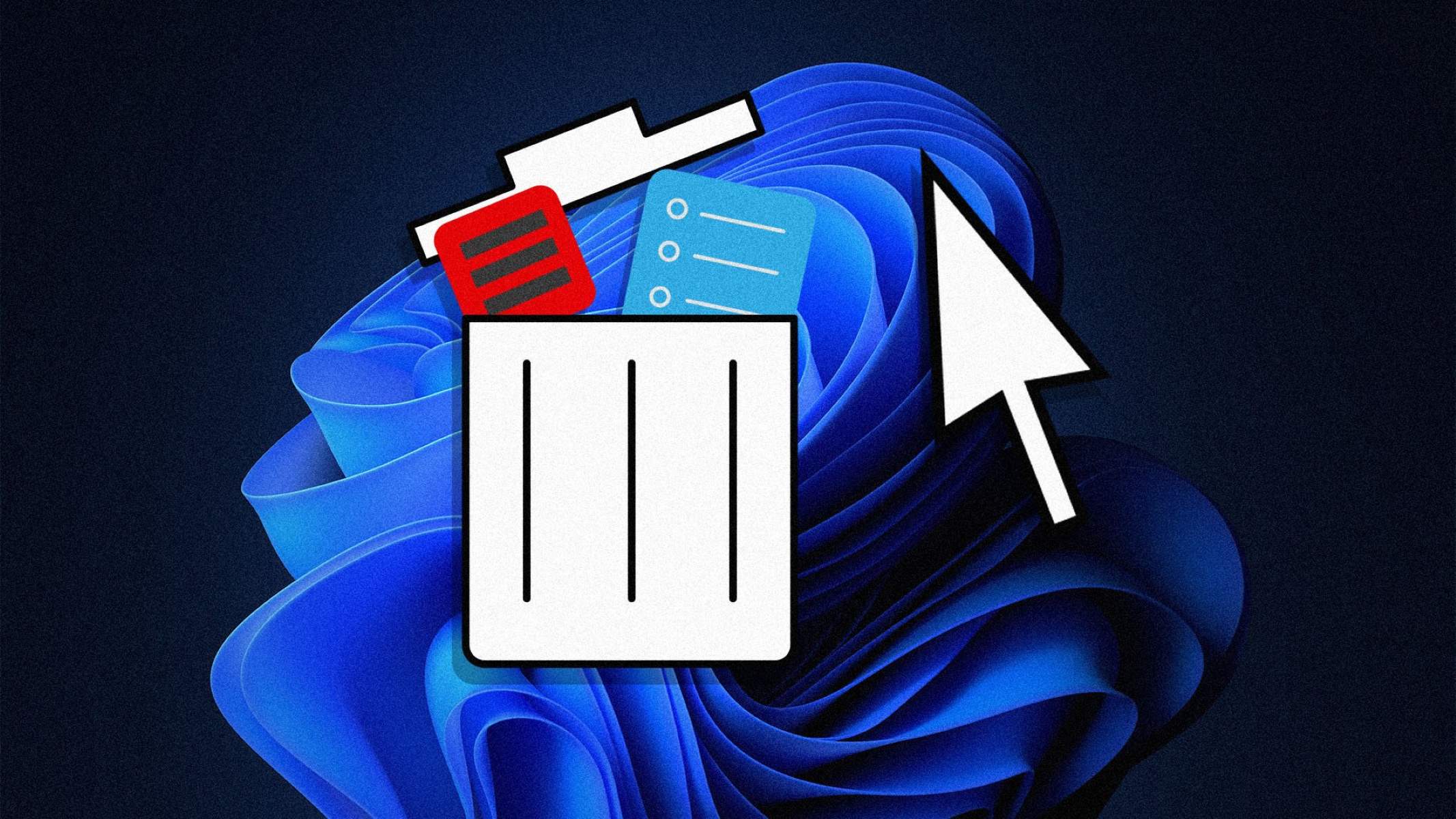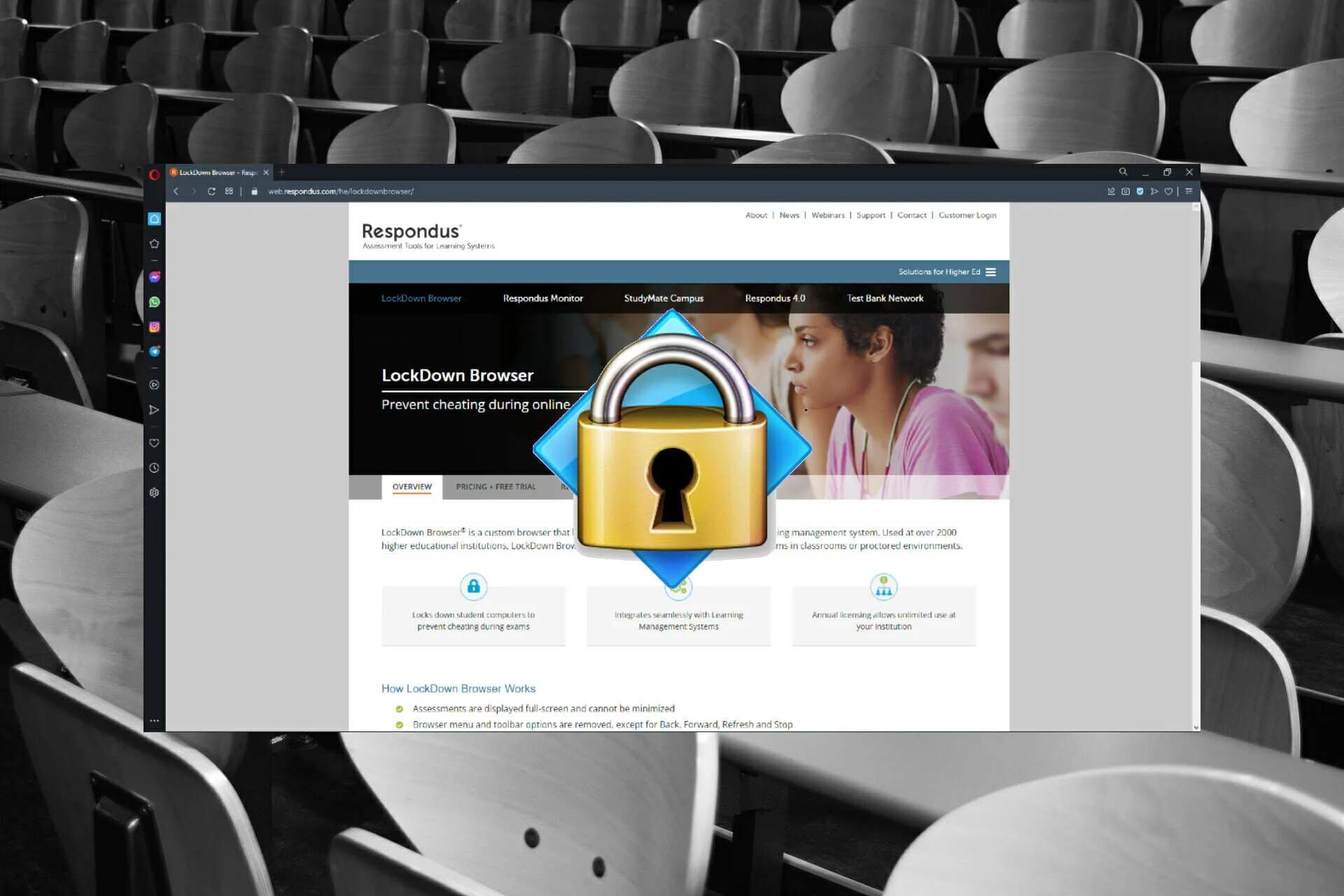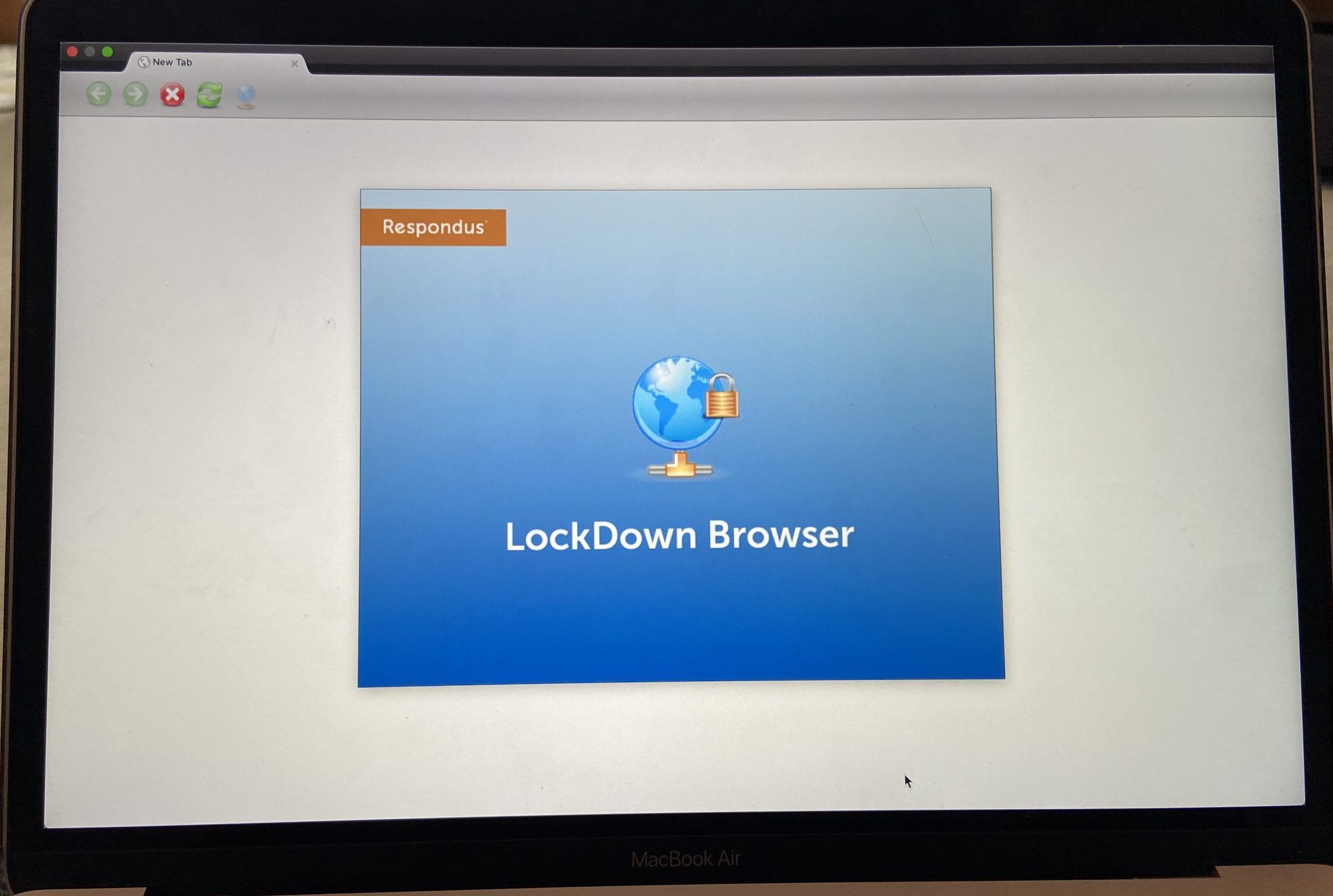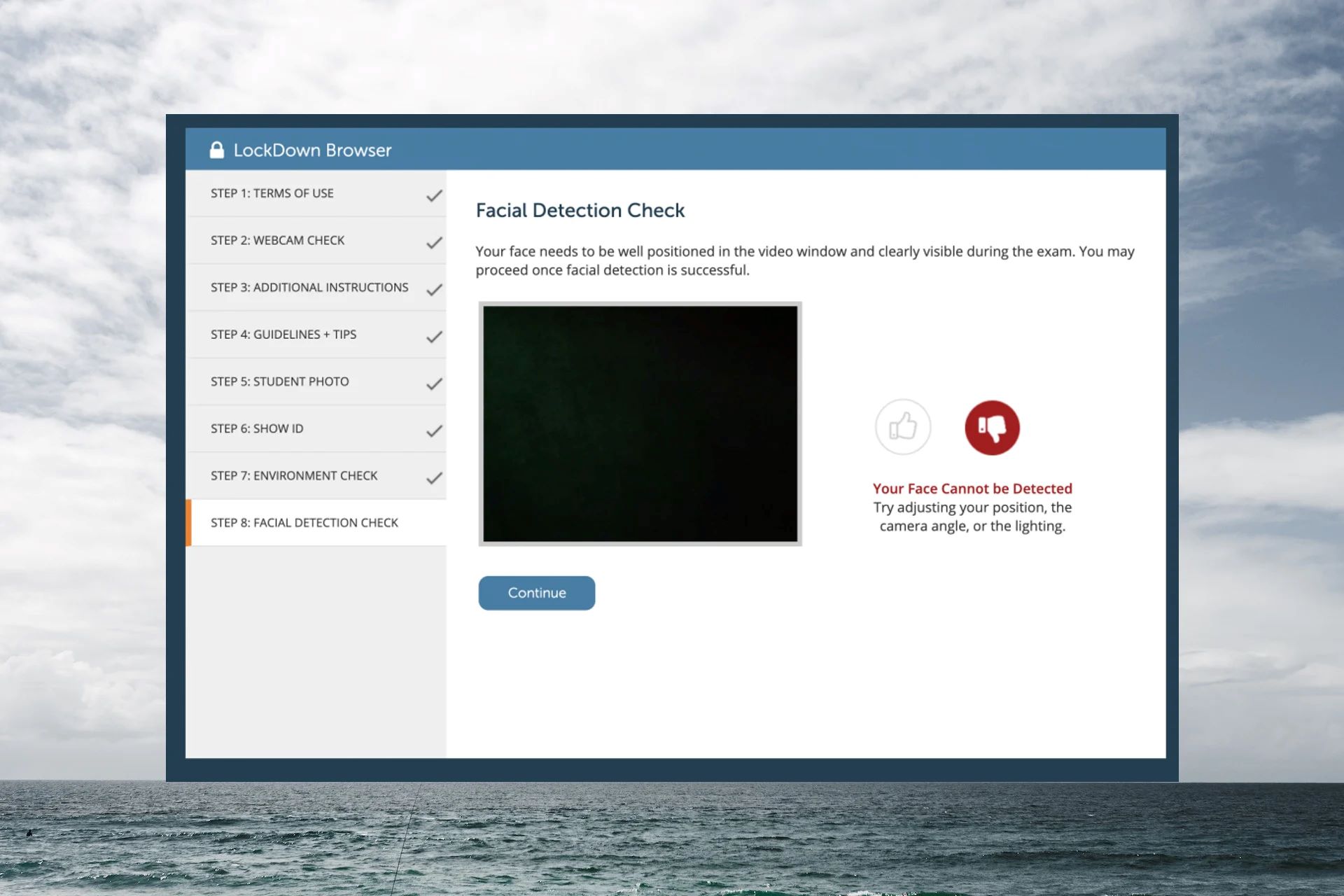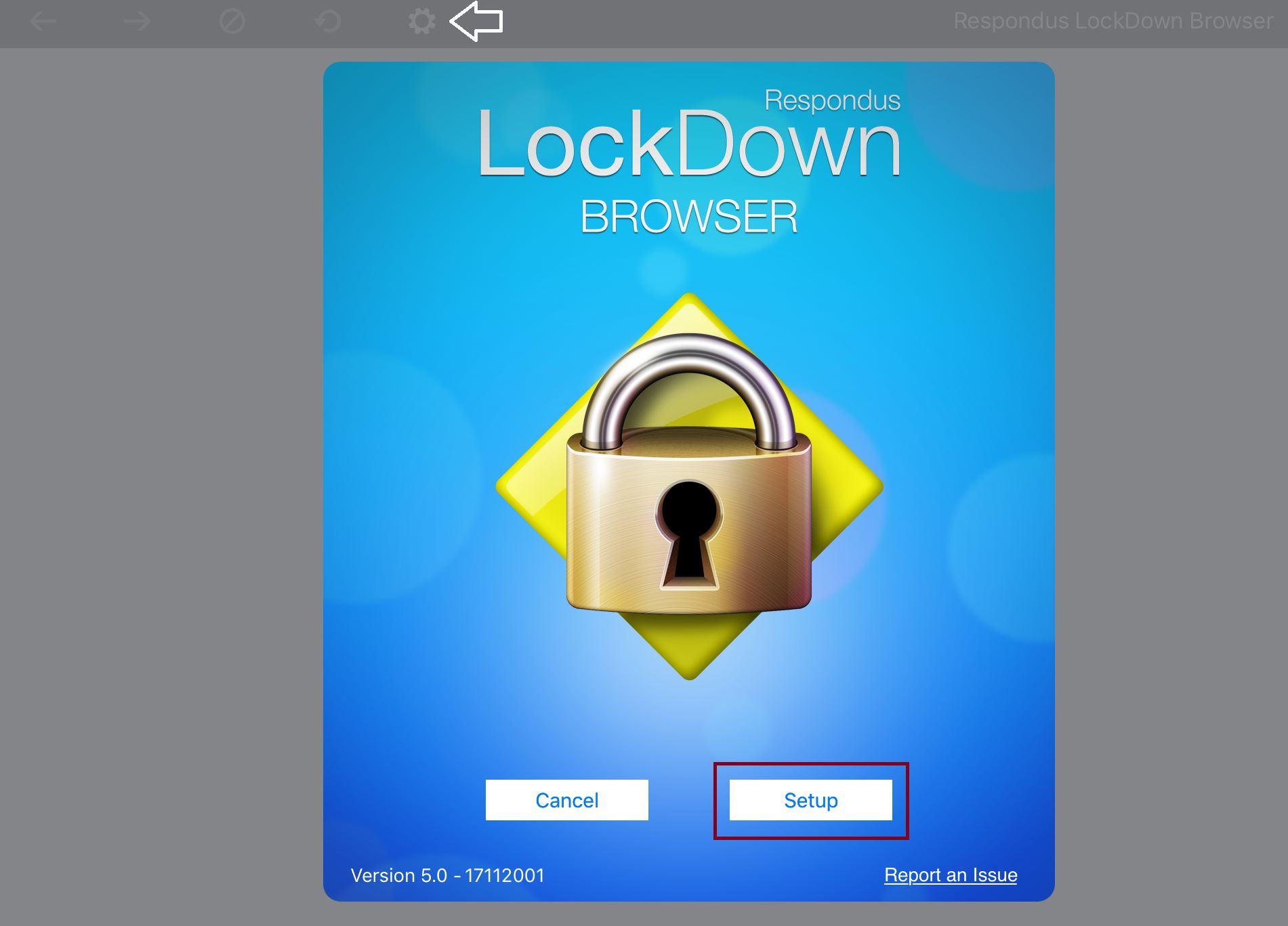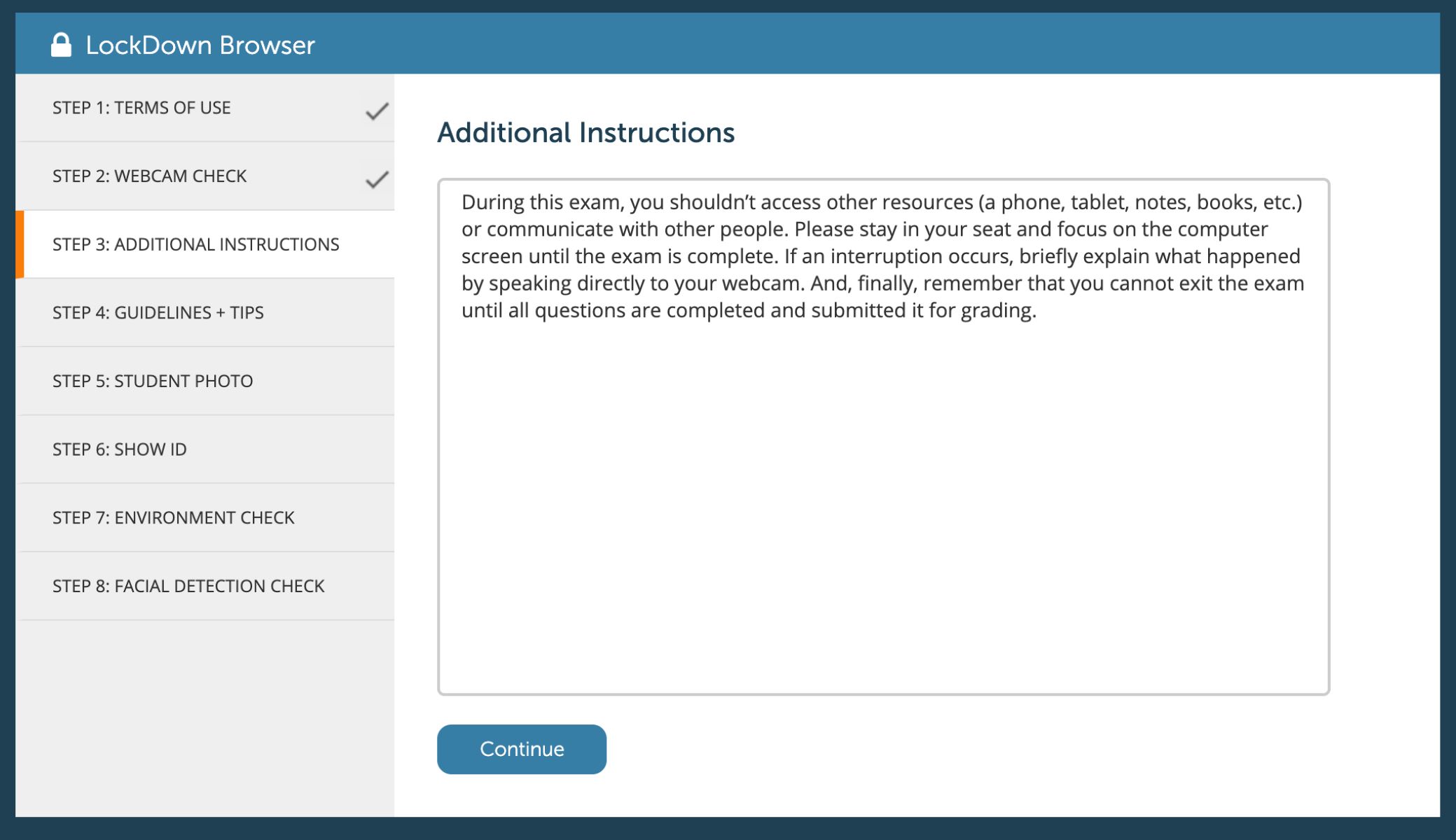Introduction
Lockdown Browser is a specialized web browser designed to securely administer online exams. It prevents users from accessing other applications, websites, or system tools during an exam, thereby upholding the integrity of the assessment process. While Lockdown Browser serves a crucial purpose in educational settings, there are instances where users may need to uninstall it from their devices. Whether it's to free up storage space, troubleshoot technical issues, or transition to a different exam platform, the process of uninstalling Lockdown Browser varies depending on the operating system.
In this comprehensive guide, we will delve into the intricacies of uninstalling Lockdown Browser from both Windows and Mac operating systems. Additionally, we will explore common troubleshooting techniques to address any potential challenges that may arise during the uninstallation process. By the end of this guide, you will have a clear understanding of how to effectively remove Lockdown Browser from your device, empowering you to navigate this task with confidence and ease.
Uninstalling Lockdown Browser may seem straightforward, but it's essential to follow the correct procedures to ensure a seamless removal process. Whether you're a student, educator, or IT professional, having a solid grasp of these procedures can save time and prevent unnecessary complications. So, let's embark on this journey to demystify the process of uninstalling Lockdown Browser, empowering you with the knowledge and skills to navigate this task effortlessly.
Understanding Lockdown Browser
Lockdown Browser is a specialized web browser that plays a pivotal role in maintaining the integrity of online assessments. It is commonly utilized in educational institutions and certification programs to administer secure online exams. Unlike traditional web browsers, Lockdown Browser restricts users from accessing external websites, applications, or system tools during an exam, thereby preventing cheating and ensuring a controlled testing environment.
When a user launches an exam through Lockdown Browser, the application locks down the computer or device, effectively limiting the user's access to anything other than the exam content. This means that students or test-takers cannot open additional browser tabs, switch to other applications, or utilize shortcuts that could compromise the exam's integrity. By creating this controlled environment, Lockdown Browser provides a secure platform for conducting online assessments, instilling confidence in the validity of the results.
In addition to its restrictive features, Lockdown Browser incorporates advanced security measures to prevent unauthorized access and ensure the confidentiality of exam content. It employs encryption protocols and monitoring capabilities to detect and deter potential breaches, thereby safeguarding the integrity of the assessment process.
Educators and administrators value Lockdown Browser for its ability to uphold academic honesty and mitigate the risks associated with online testing. By leveraging this specialized browser, institutions can administer exams with the assurance that the assessment environment remains secure and free from external influences.
Overall, Lockdown Browser serves as a crucial tool in the realm of online education and certification testing, offering a robust solution to maintain the integrity of assessments in a digital landscape. Understanding the fundamental purpose and functionality of Lockdown Browser is essential for both users and administrators, as it lays the groundwork for effective utilization and management of this specialized software.
Uninstalling Lockdown Browser on Windows
Uninstalling Lockdown Browser from a Windows operating system involves a straightforward process that can be easily executed by following a few simple steps. Whether you're a student, educator, or IT professional, understanding the uninstallation procedure for Lockdown Browser on Windows is essential for effectively managing the software on your device.
To initiate the uninstallation process, begin by accessing the Control Panel on your Windows computer. This can typically be done by clicking on the Start menu and navigating to the Control Panel option. Once in the Control Panel, locate the "Programs" or "Programs and Features" section, which houses the list of installed applications on your computer.
Within the Programs or Programs and Features section, you will find Lockdown Browser listed among the installed applications. Select Lockdown Browser from the list, and then click on the "Uninstall" or "Remove" option. This action will prompt the uninstallation wizard to initiate the removal process.
Follow the on-screen instructions provided by the uninstallation wizard to proceed with removing Lockdown Browser from your Windows device. This may involve confirming your decision to uninstall the application and allowing the wizard to complete the removal process.
Once the uninstallation wizard has successfully removed Lockdown Browser from your computer, it is advisable to restart your device to ensure that any residual components or settings associated with the application are fully cleared.
After restarting your computer, take a moment to verify that Lockdown Browser has been completely uninstalled. You can do this by checking the list of installed applications in the Control Panel to confirm that Lockdown Browser is no longer present.
In the event that you encounter any challenges during the uninstallation process, such as error messages or incomplete removal, consider reaching out to technical support or referring to the official documentation provided by the Lockdown Browser developer for troubleshooting guidance.
By following these steps, you can effectively uninstall Lockdown Browser from your Windows device, allowing you to manage your software applications with confidence and ease.
Uninstalling Lockdown Browser on Windows is a fundamental task that empowers users to maintain control over the software installed on their devices. Whether you're transitioning to a different exam platform or simply freeing up storage space, having a clear understanding of the uninstallation process for Lockdown Browser on Windows is invaluable for seamless software management.
Uninstalling Lockdown Browser on Mac
Uninstalling Lockdown Browser from a Mac operating system involves a series of steps that can be easily executed to effectively remove the application from your device. Whether you're a student, educator, or IT professional, understanding the uninstallation procedure for Lockdown Browser on Mac is essential for managing the software on your device.
To begin the uninstallation process, navigate to the Applications folder on your Mac. This can typically be accessed by clicking on the Finder icon in the Dock, selecting "Applications" from the sidebar, and locating Lockdown Browser in the list of installed applications.
Once you have located Lockdown Browser in the Applications folder, proceed by dragging the Lockdown Browser icon to the Trash icon in the Dock. Alternatively, you can right-click on the Lockdown Browser icon and select "Move to Trash" from the contextual menu.
After moving Lockdown Browser to the Trash, it's important to complete the uninstallation process by emptying the Trash. To do this, right-click on the Trash icon in the Dock and select "Empty Trash" from the contextual menu. Confirm the action when prompted to permanently delete Lockdown Browser from your Mac.
Following the emptying of the Trash, Lockdown Browser has been successfully uninstalled from your Mac. It's advisable to restart your device to ensure that any residual components or settings associated with the application are fully cleared.
After restarting your Mac, take a moment to verify that Lockdown Browser has been completely removed. You can do this by checking the Applications folder to confirm that Lockdown Browser is no longer present.
In the event that you encounter any challenges during the uninstallation process, such as error messages or incomplete removal, consider reaching out to technical support or referring to the official documentation provided by the Lockdown Browser developer for troubleshooting guidance.
By following these steps, you can effectively uninstall Lockdown Browser from your Mac, empowering you to manage your software applications with confidence and ease.
Uninstalling Lockdown Browser on Mac is a fundamental task that allows users to maintain control over the software installed on their devices. Whether you're transitioning to a different exam platform or simply freeing up storage space, having a clear understanding of the uninstallation process for Lockdown Browser on Mac is invaluable for seamless software management.
Troubleshooting Common Issues
Uninstalling Lockdown Browser may encounter common issues that can hinder the removal process. Understanding these potential challenges and their corresponding troubleshooting techniques is essential for effectively addressing any obstacles that may arise during the uninstallation process.
Incomplete Uninstallation
If you encounter a situation where Lockdown Browser appears to be partially uninstalled or certain components remain on your device after the removal process, consider utilizing a third-party uninstaller tool. These tools are designed to thoroughly remove stubborn applications and their associated files, ensuring a comprehensive uninstallation. Additionally, you can manually search for any remaining Lockdown Browser files or folders on your computer and delete them to complete the removal process.
Error Messages During Uninstallation
Error messages during the uninstallation of Lockdown Browser can be indicative of underlying issues that require attention. In such cases, it is advisable to restart your device and attempt the uninstallation process again. If the error persists, ensure that you have administrative privileges on your computer, as some uninstallation processes may require elevated permissions. You can also check for any pending system updates or conflicts with other applications that may be impeding the removal of Lockdown Browser.
Unresponsive Uninstallation Wizard
If the uninstallation wizard for Lockdown Browser becomes unresponsive or fails to initiate the removal process, you can try terminating the wizard and restarting your computer. This can help resolve temporary system glitches that may be affecting the functionality of the uninstallation process. Additionally, ensuring that your device meets the minimum system requirements for running Lockdown Browser and the uninstallation wizard can mitigate potential performance issues.
Lingering Registry Entries
In some instances, remnants of Lockdown Browser may persist in the Windows Registry even after the application has been uninstalled. To address this, consider using a reputable registry cleaning tool to scan for and remove any leftover entries related to Lockdown Browser. Exercise caution when modifying the Windows Registry, as improper changes can impact the stability of your operating system.
By familiarizing yourself with these common issues and their respective troubleshooting strategies, you can navigate the uninstallation of Lockdown Browser with confidence and effectively address any challenges that may arise. If you encounter persistent issues or require further assistance, reaching out to technical support or consulting official documentation can provide valuable insights for resolving complex uninstallation issues.
Conclusion
In conclusion, the process of uninstalling Lockdown Browser from both Windows and Mac operating systems is an essential skill for users across various educational and professional settings. By understanding the intricacies of this process, individuals can effectively manage their software applications, troubleshoot common issues, and maintain control over their digital environments.
Uninstalling Lockdown Browser on Windows involves navigating through the Control Panel to access the list of installed applications, selecting Lockdown Browser, and initiating the uninstallation wizard. Following the on-screen instructions and restarting the device ensures a seamless removal process. On the other hand, uninstalling Lockdown Browser on Mac entails locating the application in the Applications folder, moving it to the Trash, emptying the Trash, and verifying the complete removal of Lockdown Browser.
Throughout the uninstallation process, users may encounter common issues such as incomplete removal, error messages, unresponsive uninstallation wizards, and lingering registry entries. Addressing these challenges requires a combination of troubleshooting techniques, including the use of third-party uninstaller tools, system restarts, administrative privilege verification, and registry cleaning.
By empowering users with a comprehensive understanding of the uninstallation process and common troubleshooting strategies, this guide aims to equip individuals with the knowledge and confidence to navigate the removal of Lockdown Browser effectively. Whether it's to transition to a different exam platform, free up storage space, or address technical issues, the ability to uninstall Lockdown Browser with ease is a valuable skill in today's digital landscape.
As technology continues to evolve, the proficiency in managing software applications, including the uninstallation of specialized tools like Lockdown Browser, becomes increasingly relevant. By embracing a proactive approach to software management, users can streamline their digital experiences, optimize system performance, and troubleshoot potential challenges with confidence.
In essence, the journey of uninstalling Lockdown Browser is not merely a technical task but a demonstration of users' ability to adapt, troubleshoot, and maintain control over their digital environments. With the knowledge gained from this guide, individuals are empowered to navigate the uninstallation process with confidence, ensuring a seamless transition and effective management of their software ecosystem.







